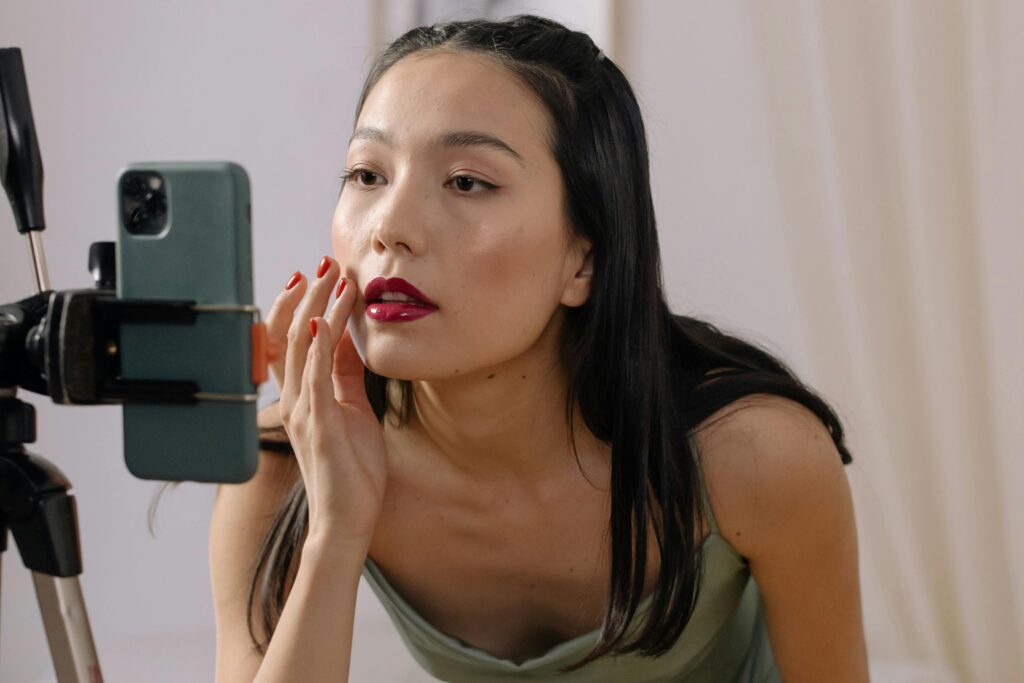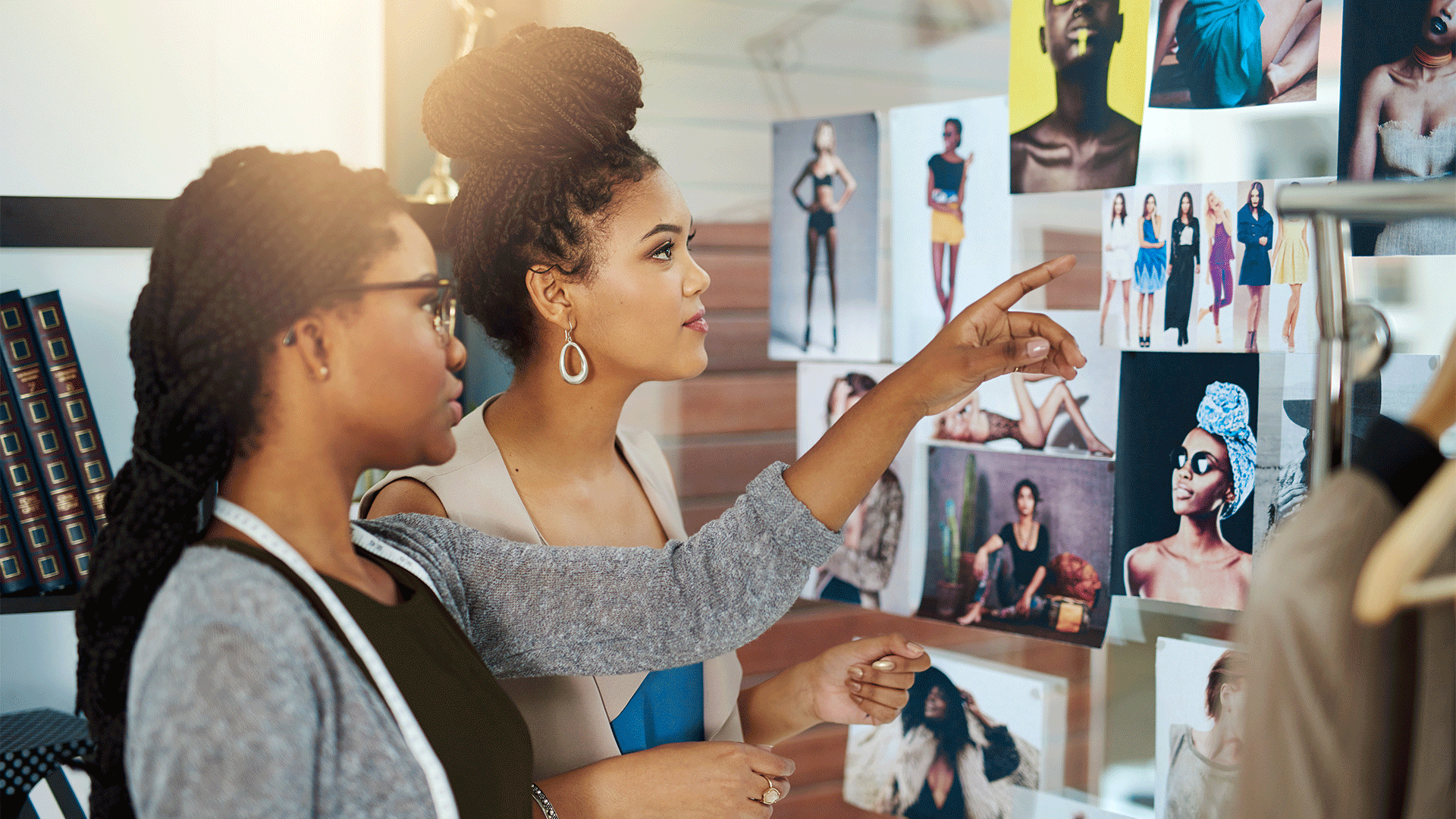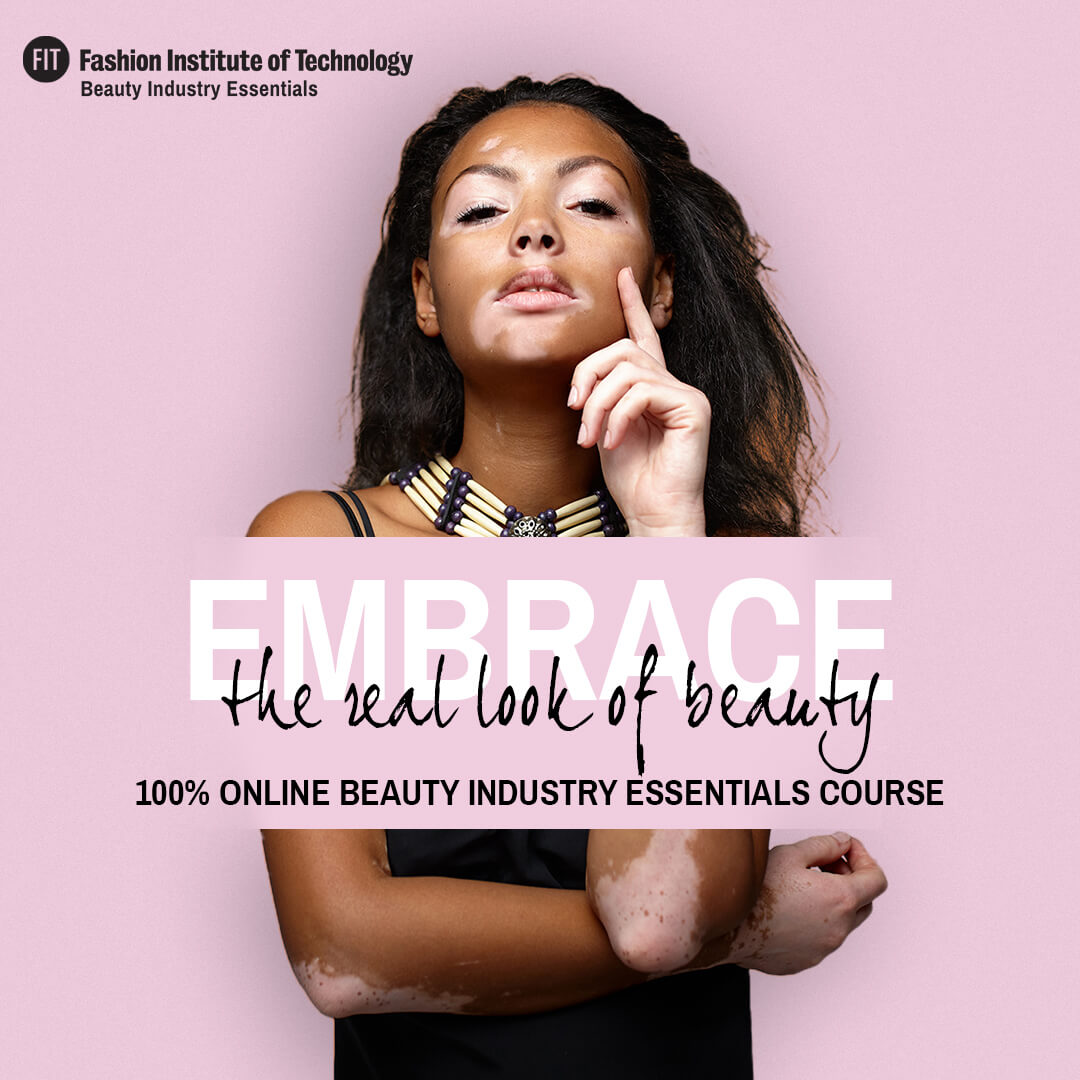In today’s digital age, beauty influencer marketing has become a powerful tool for brands to connect with their target audience and drive sales. Leveraging the reach and influence of beauty influencers can significantly impact a brand’s visibility and credibility in the competitive beauty industry.
From skincare to makeup, haircare, and beyond, beauty influencer marketing offers a unique way to showcase products and engage with consumers on a personal level.
1. Beauty Influencer Collaborations
Collaborating with beauty influencers is one of the most effective strategies for brands looking to tap into the influencer marketing trend. By partnering with influencers who align with their brand values and target audience, beauty companies can reach a wider demographic and create authentic content that resonates with consumers.
2. Influencer-Generated Content
Beauty influencers are known for their creative and visually appealing content, making them valuable assets for brands looking to enhance their marketing efforts. By leveraging influencer-generated content, beauty companies can showcase their products in a relatable and authentic way, ultimately driving engagement and conversion rates.
3. Influencer Events and Experiences
Hosting influencer events and experiences is another effective way for beauty brands to leverage the power of influencer marketing. By inviting beauty influencers to exclusive events, brands can create buzz around their products and generate valuable user-generated content.
4. Affiliate Marketing Programs
Affiliate marketing programs are a popular strategy for beauty brands looking to track the effectiveness of their influencer marketing campaigns. By providing influencers with unique tracking links or discount codes, brands can monitor the performance of their campaigns and incentivize influencers to drive sales.
Affiliate marketing programs offer a win-win situation for both brands and influencers, as brands only pay for actual sales generated by influencers, while influencers have the opportunity to earn commissions based on their performance.
5. Long-Term Partnerships
Building long-term partnerships with beauty influencers can yield significant benefits for brands in the long run. By establishing a consistent and ongoing relationship with influencers, brands can create a sense of loyalty and trust among consumers.
Long-term partnerships allow brands to work closely with influencers to develop tailored content strategies that align with their brand objectives and resonate with their target audience. Additionally, long-term partnerships can help brands maintain a consistent brand image and messaging across various platforms.
6. Micro-Influencer Campaigns
While mega-influencers may have a larger reach, micro-influencers can offer higher engagement rates and more targeted audiences for beauty brands. Micro-influencers, who typically have between 1,000 to 100,000 followers, often have a more niche and loyal following, making them valuable partners for brands looking to connect with specific consumer segments.
By collaborating with micro-influencers, beauty brands can tap into smaller but highly engaged audiences and drive meaningful interactions with potential customers.
7. Diversity and Inclusivity
In recent years, diversity and inclusivity have become key considerations for beauty brands looking to connect with a diverse consumer base. Partnering with influencers from different backgrounds, ethnicities, and identities can help brands showcase their commitment to diversity and inclusivity in their marketing efforts.
By featuring a diverse range of influencers in their campaigns, beauty brands can appeal to a broader audience and foster a more inclusive brand image.
8. Data-Driven Strategies
In today’s data-driven world, leveraging analytics and insights is crucial for the success of beauty influencer marketing campaigns. By tracking key performance indicators such as engagement rates, click-through rates, and conversion rates, brands can measure the effectiveness of their influencer campaigns and optimize their strategies accordingly.
Using data-driven strategies can help brands identify top-performing influencers, understand consumer preferences, and make informed decisions to maximize their ROI.
9. Compliance and Transparency
As influencer marketing continues to evolve, brands must prioritize compliance and transparency in their partnerships with influencers. With regulations and guidelines in place to ensure transparency in sponsored content, brands must work closely with influencers to disclose their partnerships and sponsored posts clearly.
By being transparent and authentic in their collaborations, brands can build trust with consumers and maintain credibility in the competitive beauty industry.
10. Continuous Evaluation and Adaptation
The beauty industry is constantly evolving, and so should influencer marketing strategies. Brands must continuously evaluate the performance of their influencer campaigns and adapt their strategies to align with changing consumer behaviors and market trends.
By staying agile and open to experimentation, brands can stay ahead of the curve and drive meaningful results through their influencer marketing initiatives.
Conclusion
Beauty influencer marketing has revolutionized how brands connect with their audience, offering unparalleled opportunities for engagement and growth. From creative collaborations and data-driven strategies to prioritizing inclusivity and transparency, leveraging the power of influencers enables brands to remain competitive in the ever-evolving beauty industry.
By continuously evaluating and adapting their strategies, beauty brands can foster authentic connections, build trust, and achieve long-term success in an increasingly digital world.
Key Takeaways:
- Beauty influencer marketing is a powerful tool for brands to connect with their target audience and drive sales in the competitive beauty industry.
- Collaborating with beauty influencers, leveraging influencer-generated content, hosting events, and embracing diversity are effective strategies for successful influencer campaigns.
- Long-term partnerships, micro-influencer campaigns, data-driven strategies, compliance, and continuous evaluation are key factors in maximizing the potential of beauty influencer marketing.
To further enhance your knowledge and skills in beauty influencer marketing, consider enrolling in the FIT Beauty Industry Essentials online course and certificate program offered by Yellowbrick.








